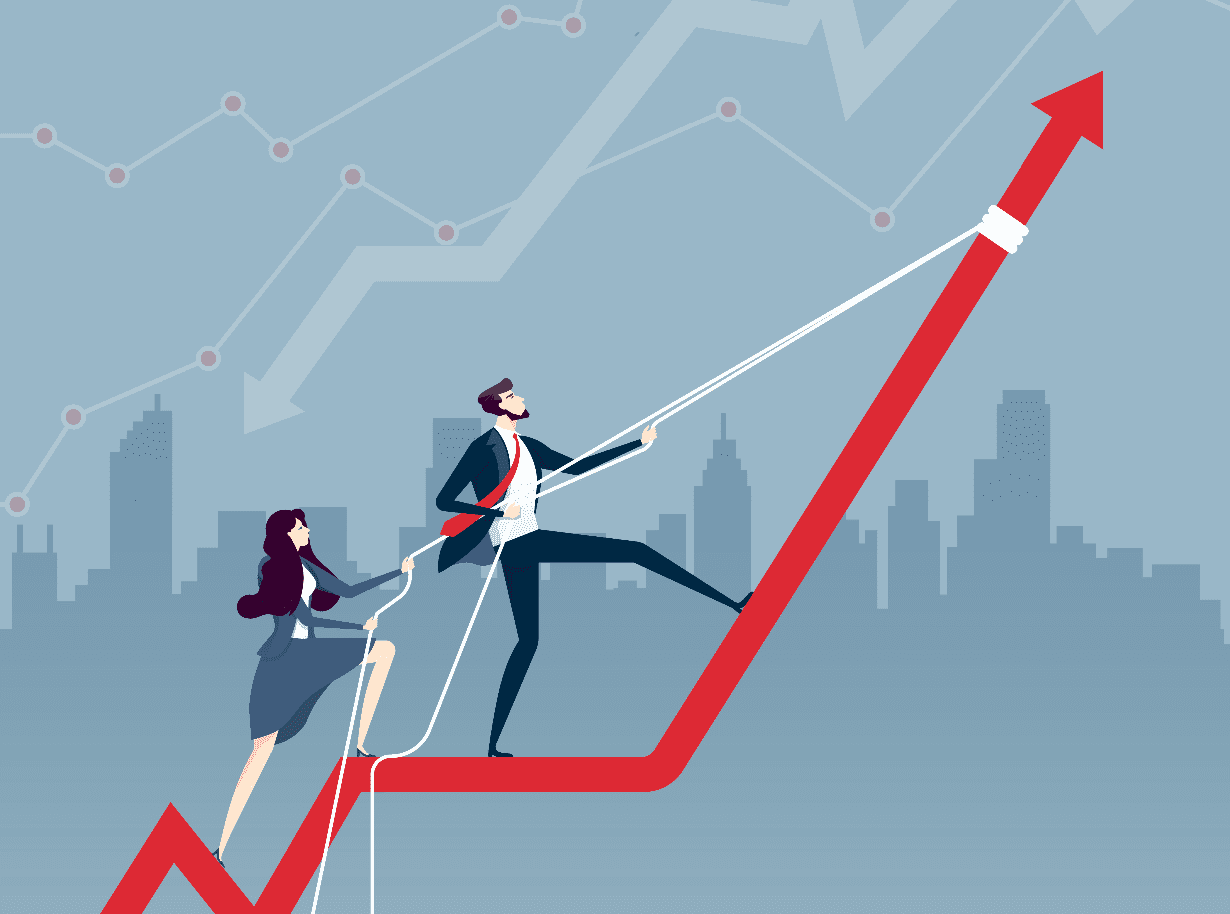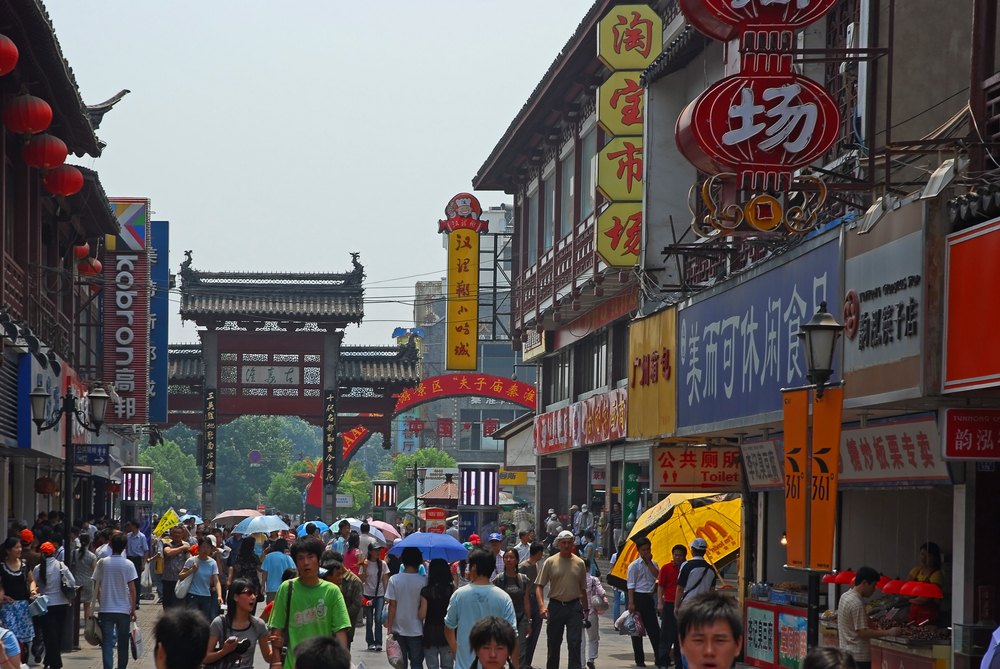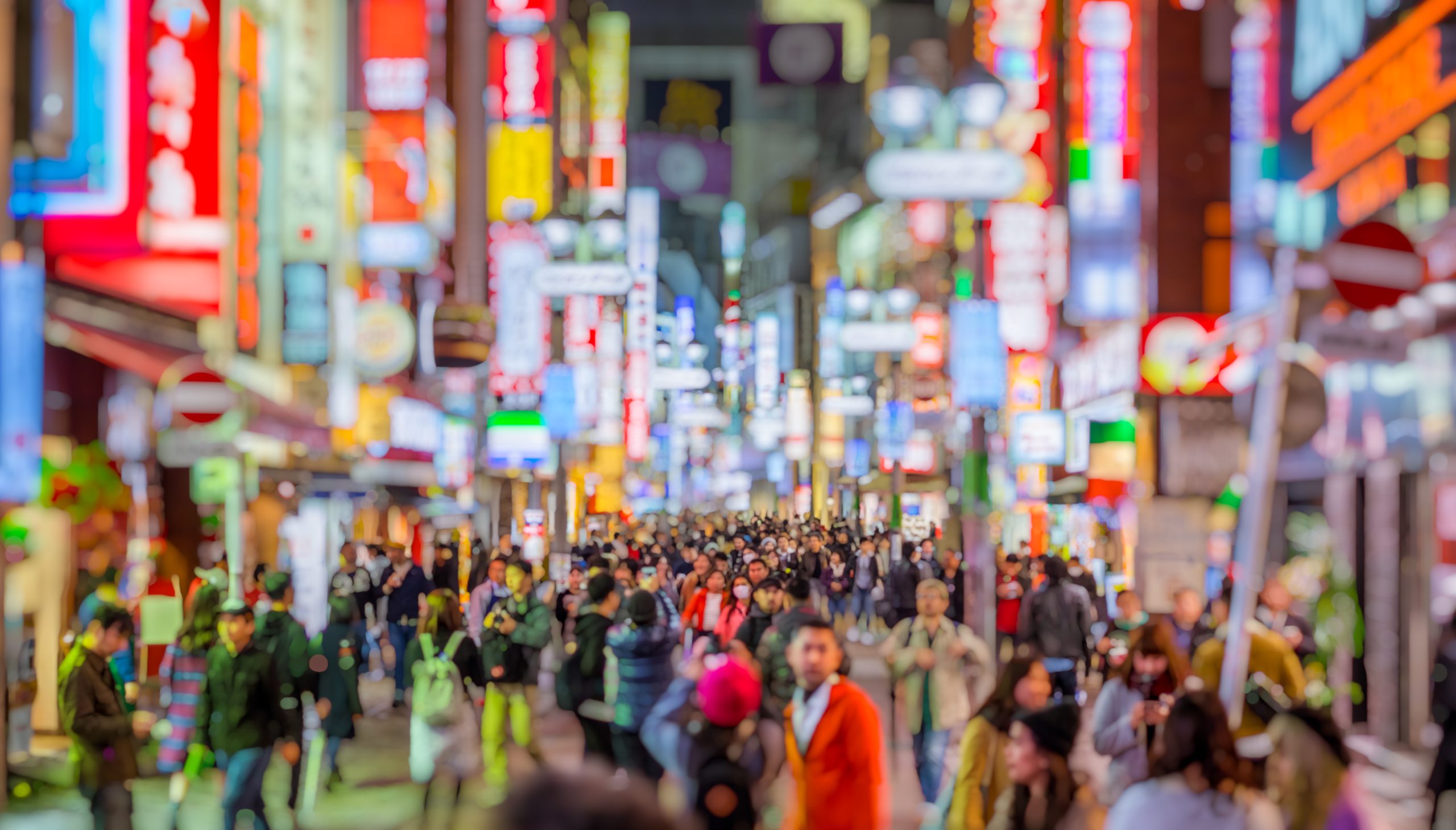The 1% Club: What It Takes To Be Rich In The Lucky Country
The definition of a high net worth individual in Australia has shifted
The pathway to growing wealth in Australia is changing, with new research revealing that the amount of money you need behind you to be in the top one percent of wealthiest people in Australia has doubled over the past two years.
While many households across the country are battling the rising cost of living pressures, it has been revealed that 2.2 million Australians have amassed at least $8 million in money and assets, up from $4 million in 2021. This status places them in the list of the nation’s High Net Wealth Individuals.
The data, revealed in this year’s Knight Frank’s Wealth Report, gives anyone interested in wealth fascinating insights into just how much money it takes to reach the one percent threshold across the world. The report reveals that Australia now ranks as third for the money required to be in the top one percent, up from seventh in 2021,
sitting behind Monaco in top place and then Switzerland.
In Monaco, it takes $18.1 million to be considered rich, but bear in mind that the nation has long been considered a tax haven, with residents avoiding income and capital gains taxes.
Finance experts are adamant that the fundamentals that help you get rich haven’t changed — the wealthy purchase property, pay down their debt, stick to a budget and utilise the tax offsets that exist within the nation’s superannuation system to build their wealth.
Sounds simple enough, but amid a cost of living crisis, it’s not quite so straightforward.
The power of money
Rachael Evans entered the realm of HNWIs a few years ago, admitting that she takes a structured approach to building and managing her wealth.
Money isn’t just a functional, tangible thing. There’s energy associated with it, she says.
“The first thing that you have to get your head around is that money wants structure, so if you don’t have rules that govern your money, it will not stay with you, no matter how much you earn,” she says.
The CEO of four-day work week consultancy, 4 Days 4 All, and business coach always pays herself first as the owner of her business, and then allocates what’s left over back to the business.
“Most business owners do it the other way around, which leaves owners with a very small portion left over, if anything,” Evans says.
Evans and her husband aim to be debt free by the time they reach 55 years of age, and have reverse engineered their finances based on that to allocate what’s needed to pay off her investment properties.
She has a team of experts
< to help her achieve that goal. “What’s changed over the past five years is the value that I place on the people we hire to advise us, such
as our property adviser, financial adviser and our accountant. There’s far too many financial advisers out there advising others on how to handle their money based on theory because they don’t actually have any skin in the game.”
Investing in herself is also critical, so she sets aside up to 10 percent
of her annual revenue in business- related coaching for herself and her team.
Millionaire status
Melbourne businessman Ryan Watson has reached the HNW status. The founder of financial advice firm Tribeca Financial admits that it dawned on him that he had reached a financial milestone that he considered to place him among other wealthy Australians about four years ago. He’s since stepped down to working four days a week and likes to spend his money on buying experiences, like travelling with family when he can.
The business has nearly 1,000 clients and has an annual turnover in excess of $5 million. Being in a position to build the financial literacy of his clients spurs him on.
“I have been able to build my personal wealth from receiving a small inheritance in 2002 to today where I’m now worth 8 figures,” he says.
A key plank in wealth-building has been his focus on diversifying his investments. He’s also not risk averse, buying shares in lithium companies nine years ago.
“It’s certainly not been an overnight success, the shares have gone up and down over the years, but with the advent of electric cars, they make a lot of sense at the moment,” Watson says.
The forced discipline of structuring his finances so that he’s always paying something off also appeals to him. Right now, he and his wife pour a minimum off 33 per cent of their income into paying off their principal residence.
“The responsibility and commitment of paying back debt works well for us,” he says.
Rich getting richer
The mega-rich are also getting richer. People with a net worth of more than $43.8 million is a category of wealth expected to grow by 40.9 percent over the next five years from 17,456 in 2022 to 24,589 in 2027. That’s almost 3,000 additional UHNWIs than the 31.1 percent growth over the past five years.
A large contributor to the top one percent wealth doubling in Australia over the past two years has been prime residential property performance recording an upward trajectory, resilient despite the rising cost of finance, with half of this cohort tending to be cash buyers.
“The level of wealth required to reach the wealthiest one percent varies extensively, depending on where you live in the world, but it has risen across the board … reflecting the growth in wealth portfolios over the past two years, despite the dip in 2022,” Knight Frank’s head of residential research Australia, Michelle Ciesielski says.
“We can’t underestimate how much the pandemic brought forward decision making, rebalancing of portfolios and re- evaluating how much time is spent in Australia going forward, given many spent longer periods of time grounded at home than they had over the past decade,” she says.
“On average, the UHNWI population in Australia owns 2.9 homes, or equivalent to 36 per cent of their total wealth is in primary and secondary homes.
“For their investible wealth, 94 percent of their portfolios tend to be held in Australia, 34 percent is in some form of commercial property ownership, while 21 per cent is in equities.”
This stylish family home combines a classic palette and finishes with a flexible floorplan
Just 55 minutes from Sydney, make this your creative getaway located in the majestic Hawkesbury region.
The remote northern island wants more visitors: ‘It’s the rumbling before the herd is coming,’ one hotel manager says
As European hot spots become overcrowded , travellers are digging deeper to find those less-populated but still brag-worthy locations. Greenland, moving up the list, is bracing for its new popularity.
Aria Varasteh has been to 69 countries, including almost all of Europe. He now wants to visit more remote places and avoid spots swarmed by tourists—starting with Greenland.
“I want a taste of something different,” said the 34-year-old founder of a consulting firm serving clients in the Washington, D.C., area.
He originally planned to go to Nuuk, the island’s capital, this fall via out-of-the-way connections, given there wasn’t a nonstop flight from the U.S. But this month United Airlines announced a nonstop, four-hour flight from Newark Liberty International Airport in New Jersey to Nuuk. The route, beginning next summer, is a first for a U.S. airline, according to Greenland tourism officials.
It marks a significant milestone in the territory’s push for more international visitors. Airlines ran flights with a combined 55,000 seats to Greenland from April to August of this year, says Jens Lauridsen, chief executive officer of Greenland Airports. That figure will nearly double next year in the same period, he says, to about 105,000 seats.
The possible coming surge of travellers also presents a challenge for a vast island of 56,000 people as nearby destinations from Iceland to Spain grapple with the consequences of over tourism.
Greenlandic officials say they have watched closely and made deliberate efforts to slowly scale up their plans for visitors. An investment north of $700 million will yield three new airports, the first of which will open next month in Nuuk.
“It’s the rumbling before the herd is coming,” says Mads Mitchell, general manager of Hotel Nordbo, a 67-room property in Nuuk. The owner of his property is considering adding 50 more rooms to meet demand in the coming years.
Mitchell has recently met with travel agents from Brooklyn, N.Y., South Korea and China. He says he welcomes new tourists, but fears tourism will grow too quickly.
“Like in Barcelona, you get tired of tourists, because it’s too much and it pushes out the locals, that is my concern,” he says. “So it’s finding this balance of like showing the love for Greenland and showing the amazing possibilities, but not getting too much too fast.”
Greenland’s buildup
Greenland is an autonomous territory of Denmark more than three times the size of Texas. Tourists travel by boat or small aircraft when venturing to different regions—virtually no roads connect towns or settlements.
Greenland decided to invest in airport infrastructure in 2018 as part of an effort to expand tourism and its role in the economy, which is largely dependent on fishing and subsidies from Denmark. In the coming years, airports in Ilulissat and Qaqortoq, areas known for their scenic fjords, will open.
One narrow-body flight, like what United plans, will generate $200,000 in spending, including hotels, tours and other purchases, Lauridsen says. He calls it a “very significant economic impact.”
In 2023, foreign tourism brought a total of over $270 million to Greenland’s economy, according to Visit Greenland, the tourism and marketing arm owned by the government. Expedition cruises visit the territory, as well as adventure tours.
United will fly twice weekly to Nuuk on its 737 MAX 8, which will seat 166 passengers, starting in June .
“We look for new destinations, we look for hot destinations and destinations, most importantly, we can make money in,” Andrew Nocella , United’s chief commercial officer, said in the company’s earnings call earlier in October.
On the runway
Greenland has looked to nearby Iceland to learn from its experiences with tourism, says Air Greenland Group CEO Jacob Nitter Sørensen. Tiny Iceland still has about seven times the population of its western neighbour.
Nuuk’s new airport will become the new trans-Atlantic hub for Air Greenland, the national carrier. It flies to 14 airports and 46 heliports across the territory.
“Of course, there are discussions about avoiding mass tourism. But right now, I think there is a natural limit in terms of the receiving capacity,” Nitter says.
Air Greenland doesn’t fly nonstop from the U.S. because there isn’t currently enough space to accommodate all travellers in hotels, Nitter says. Air Greenland is building a new hotel in Ilulissat to increase capacity when the airport opens.
Nuuk has just over 550 hotel rooms, according to government documents. A tourism analysis published by Visit Greenland predicts there could be a shortage in rooms beginning in 2027. Most U.S. visitors will stay four to 10 nights, according to traveler sentiment data from Visit Greenland.
As travel picks up, visitors should expect more changes. Officials expect to pass new legislation that would further regulate tourism in time for the 2025 season. Rules on zoning would give local communities the power to limit tourism when needed, says Naaja H. Nathanielsen, minister for business, trade, raw materials, justice and gender equality.
Areas in a so-called red zone would ban tour operators. In northern Greenland, traditional hunting takes place at certain times of year and requires silence, which doesn’t work with cruise ships coming in, Nathanielsen says.
Part of the proposal would require tour operators to be locally based to ensure they pay taxes in Greenland and so that tourists receive local knowledge of the culture. Nathanielsen also plans to introduce a proposal to govern cruise tourism to ensure more travelers stay and eat locally, rather than just walk around for a few hours and grab a cup of coffee, she says.
Public sentiment has remained in favour of tourism as visitor arrivals have increased, Nathanielsen says.
—Roshan Fernandez contributed to this article.
This stylish family home combines a classic palette and finishes with a flexible floorplan
Just 55 minutes from Sydney, make this your creative getaway located in the majestic Hawkesbury region.


















